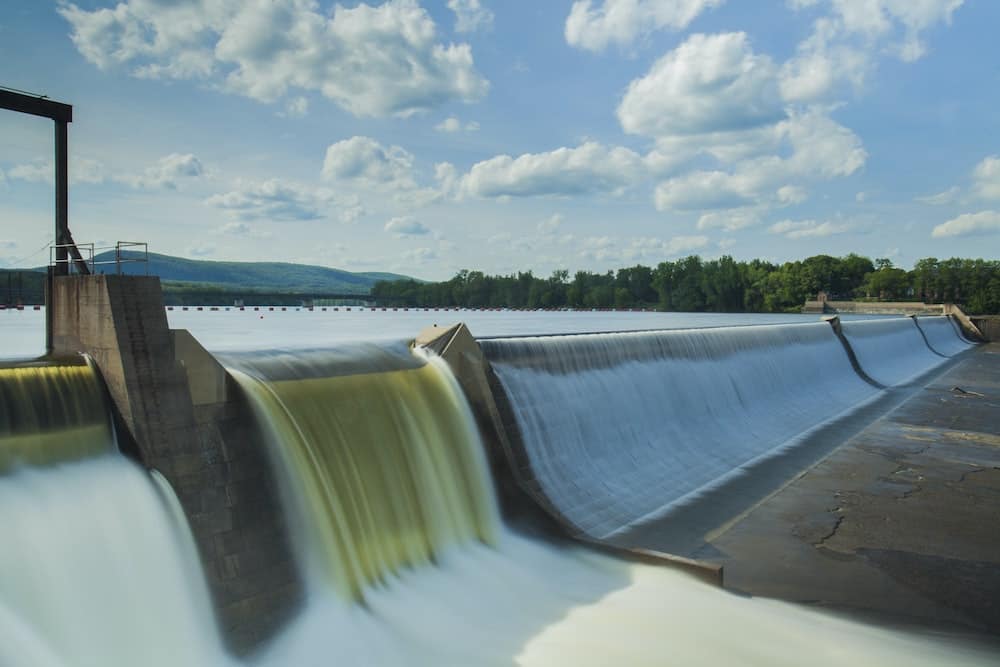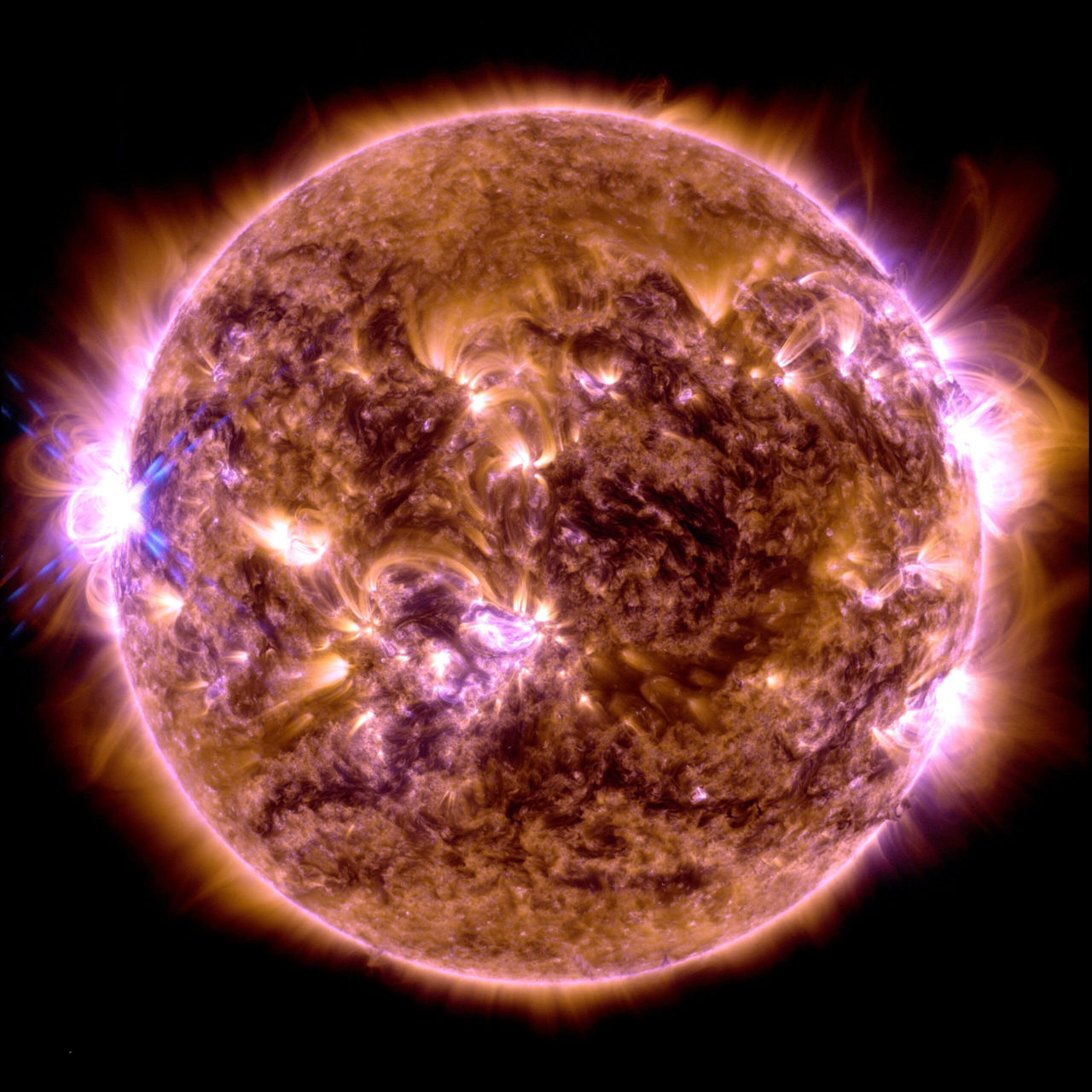
Scientists have been investigating which energy causes the least damage to the environment, as the fight against the Earth’s environmental crisis calls for a successful energy transition. Through this transition process, humanity hopes to do away with fossil fuels that emit large quantities of greenhouse gases, in favor of low-carbon energies.
But it is also necessary to limit the impact of the production of other energies so as not to reproduce the environmental problems generated by fossil fuels. Researchers from the Norwegian University of Science and Technology in Trondheim and the Institute Poly Technique de Grenoble in France have analyzed the impacts of some 870 power generation plants to help better understand the issue of energy production.
According to the results, published on the scientific reports’ website in December 2022, the International Energy Agency’s recommendations for achieving net-zero emissions by 2050 would amount to a six-fold increase in more general environmental damage, and solutions aimed at solving the climate crisis would tend to worsen the environmental crisis.
According to the IEA, the surface area needed to achieve carbon-neutral electricity production worldwide by 2050 is equivalent to that of Europe. The use of such an area should be seen in the context of the need to protect natural areas, as highlighted by the United Nations Intergovernmental Platform on Biodiversity and Ecosystem Services (IPEBS), which is essential for preserving biodiversity. With this preservation objective in mind, the energy that consumes the most space to produce is bioenergy, in particular the use of wood to produce energy.

Bioresources require the mobilization of around 878 square kilometers to produce a single terawatt-hour, less than a quarter of the needs of a city like New York. Onshore wind comes in second, using around 53 square kilometers. The argument that the land on which wind turbines are installed can be used for other activities, such as grazing, farming or recreation, is rarely borne out in the field. Added to this are impacts on wildlife, the use of certain materials and the visual impact of this type of energy.
The third most space-consuming energy is offshore wind power, followed by other marine energies, solar power and hydroelectricity. Setting aside the production of waste or the risk of potential accidents, the energy that requires the least surface area to supply electricity to the whole planet is nuclear power, which would occupy an area less than half the size of a country like Belgium. In environmental terms, nuclear power would avoid over 99% of the environmental damage estimated to occur by 2050, and would eliminate a large part of the environmental footprint of current production.
Researchers believe that nature conservation and restoration are part of the solution to mitigating the effects of climate change, and that their impact goes beyond environmental protection. According to the scientists, it is necessary to consider land use as a major criterion in determining which energy source to favor over another.




